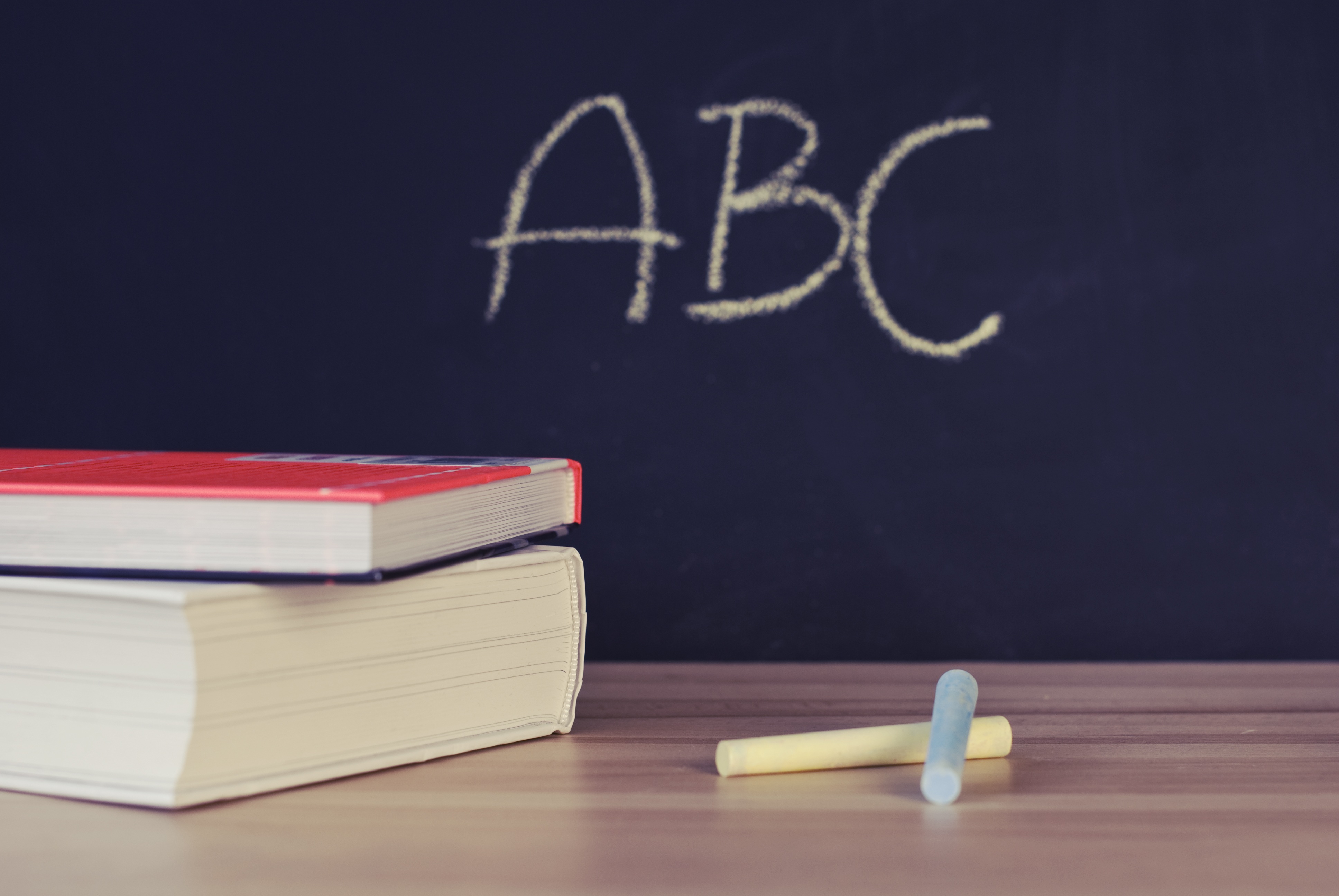This post contains suggestions for activities which maximize the space available to you in your classroom.
Hands up if you work in a school that has small classes, is well-equipped with all the latest high-tech equipment and there is lots of space in the classrooms to move around. My guess is that most of your hands have stayed down.
Large classes (over 40 students and sometimes as many as a 100), limited resources (only a course book that may be culturally inappropriate or too difficult), cramped classrooms and mixed ability students are the norm rather than the exception in schools around the world.
Teachers want to give their students variety and help them to learn English effectively, but so many nice ideas for language learning tasks seem impractical because of the lack of resources in schools..
In this section I am going to share some ideas for techniques and activities that do not require using a photocopier, overhead projector, television, video, tape recorder, supplementary materials or any other resource apart from the students, the furniture and space you already have and pencils and paper.
Children all love to get up and move around. It gives them a chance to use up spare energy, to refresh themselves if they have got tired or bored and to get actively involved in their learning.
Even if the class is rather full of furniture and children, it is usually possible to move desks slightly closer together. Either get into the class before the children (especially for the younger ones) or ask your students to help you – move the desks together so there is enough room for a line of children to stand at either side of the class room.
A – Z
A firm favourite with all my students, especially with large classes not used to getting up – the structure of the game ensures that students keep each other organised.
Choose a lexical set like sports. The student at the front of each line must run to the board and write a sport beginning with A, hand the chalk to the student behind her and then go to the back of the line. The next student goes to the board and writes a sport beginning with B, hands the chalk to the next student and goes to the back of the line and this continues until students reach Z. Other students in a team can help the person writing if they cannot think of a sport. If nobody can think of one they go on to the next letter in the alphabet. The winner is the team with most sports written on the board by the end of the game. Use large lexical sets for this game: food & drink, jobs, things you can find in the house, countries, parts of the body NOT furniture or musical instruments which are limited and will frustrate all the players!
Brainstorming
Can also be done in this way on the board. Write up a theme on the board like A Bank Robbery and each student runs up to the board and must write one word or phrase that could be used to describe a bank robbery e.g. gun, bank manager, frightened customers, loud scream. The team with the most words or expressions in 5 minutes is the winner.
Advantages and disadvantages
You don’t need all the students standing for this. Divide the class down the middle. Those on the left must think of advantages and those on the right of disadvantages of for example: television, single sex schools. Have 4 or 5 runners for each side and as a student thinks of an advantage or disadvantage they tell a runner, who goes to the board and writes it down. The team with most ideas is the winner. This is an energetic way to motivate students to think of ideas on a topic. Telling the students that this is a competition adds motivation – even if there is no prize, simply the satisfaction of getting more points!
Many years ago I worked in a language school in Greece which had desks like church pews that went across nearly the entire classroom and that were nailed to the floor. It was impossible for the furniture to be moved at all. Students were still able to work in groups by simply turning around and facing the student behind them, as well as working with the students on either side. We enjoyed working out different ways of changing partners and group combinations without ripping the furniture off the floors. I also used the space at the front of the class and the corridor for students to move around in playing games like running dictations or even doing class surveys. Do not be discouraged by the physical limitations of your classroom but enlist your students in trying to find solutions to these problems. Maybe the playground could be used occasionally for some English activities.
Label the room
Use the classroom and everything in it as a learning resource. On strips of paper write: door, window, teacher’s desk, board rubber etc. Hand out of the strips of paper to different students and ask them to fix the paper on the objects (with glue or anything appropriate or available). You can leave the labels around the classroom, so that students’ eyes will rest on them as they glance around the room and they will have plenty of opportunities to revise these words and be reminded of their meaning.
Create your own poster
Ready-made posters are expensive and not always easy to find. Students can create useful and decorative English posters for their own classroom. All you need are some large sheets of paper – the back of wallpaper or wrapping paper can be used. Any kinds of paints and colours can also be used.
Younger classes can create alphabet posters Give a letter of the alphabet to all the children (you can just tell them what letter they have). It’s not a problem if there are more than 26 children, you can double up on letters. Each child must think of words that begin with the letter they have and on a piece of paper write their letter big and draw the things beginning with that letter. Collect them all together and fix onto a big piece of paper (in alphabetical order) and put up on a wall. If they have access to any magazines or newspapers they could collect pictures of things beginning with their letter and stick these on the poster too.
They can also make word family posters As children learn new words they draw a picture of the object next to the word and add to a poster of similar words. So all verbs can be collected together, all adjectives or all words about school, home and the countryside.
These posters will help children remember the words and be a source of pride as they create them themselves.
Older students can create Grammar posters Some of my Venezuelan teenagers particularly enjoyed creating these. As students are presented new items of grammar, working in groups, they create posters to explain the grammar in away that is meaningful to them – it could be with sample sentences, a ‘rule’, mother tongue explanation or equivalent. They can decorate these posters and use them to help remember the grammar and how to use it.
No photocopier?
In fact teachers who have unlimited access to this handy machine often churn out worksheets unnecessarily. Rather than handing out 4 or 5 comprehension questions in a handout to students, try this. Dictate each question, but jumble up the words.
e.g. away Peter you do why think ran? (Why do you think Peter ran away?). This adds a number of extra layers to the activity and challenges children. First they have to listen carefully and transcribe the words they hear. Then with a partner they have to put the questions into the correct order – great for English question order practice and then deal with thinking about the answer to the question.
You have obviously got access to the internet, otherwise you would not be reading this. Do all your colleagues have similar access? Why not set up an idea sharing system in your teacher’s room? You could negotiate to use part of a notice board and agree that whenever anyone comes across a practical teaching idea, you pin the idea up.
 Blog EBE English Book Education
Blog EBE English Book Education




